Building muscle: London architecture walks and runs
Try these London architecture walks and runs for some physical and intellectual edification
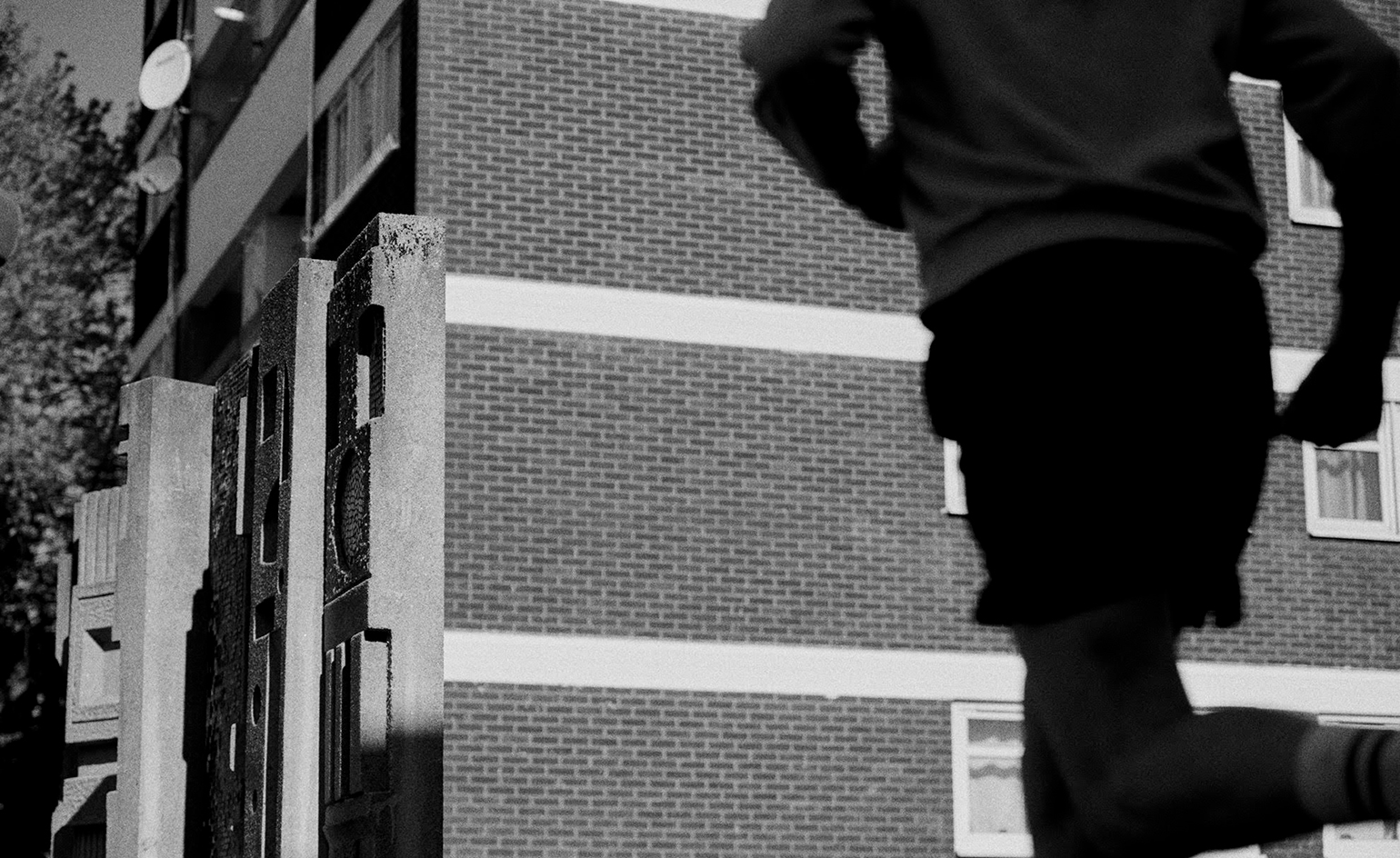
Taran Wilkhu - Photography
As the English capital begins to emerge from its third lockdown, we share a selection of architectural running and walking tours to reacquaint yourself with the city and its iconic brutalist architecture.
London architecture walks and runs
Charles Baudelaire, the great 19th-century poet, essayist, and dedicated urbanite, was a keen advocate of exploring cities on foot. ‘What strange phenomena we find in a great city,’ he wrote. ‘All we need do is stroll about with our eyes open.’ Change that indulgent, flanneuring stroll up to a gentle athletic jog and you’ll get to see even more.
London-based personal trainer Ed Conway has long been a Baudelairian advocate of working away from the limited confines of the gymnasium, training his clients instead, in gardens and parks, on the streets, in the concrete, brick and towering thrum of the big city.
An architectural autodidact, Ed’s interest in London’s ever-evolving design and construction was fired by running amongst the capital’s fine examples of mid-century, modernist and brutalist buildings, observing and appreciating material and edifice on the air-soled hoof.
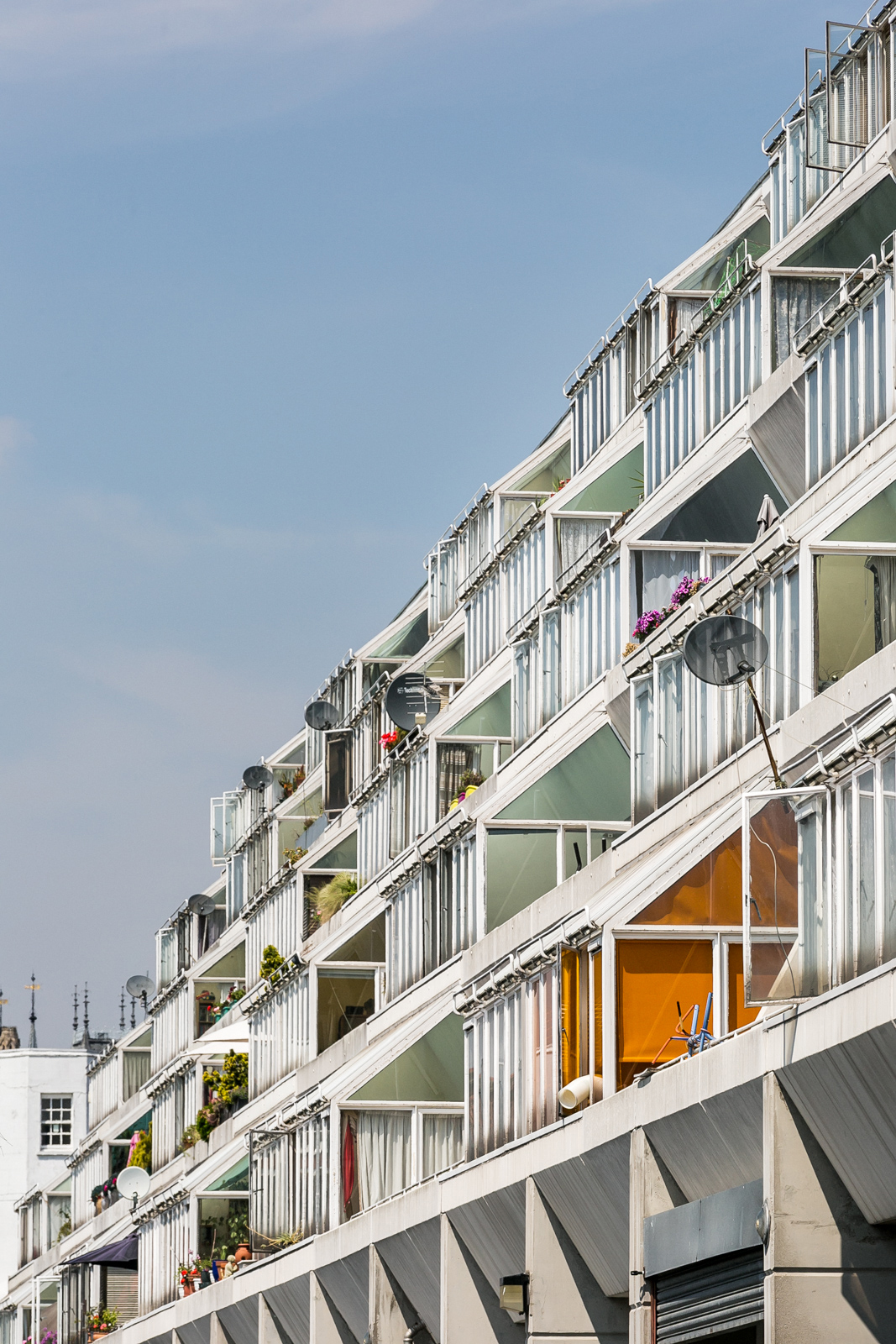
Patrick Hodgkinson's Brunswick Centre is a feature of a run around the Clerkenwell neighbourhood of London
These two passions have been combined to create a series of five specialist urban running routes that explore the best of the city’s architectural delights. Here, Ed shares a selection of his architecture runs, giving London-dwellers an easy guide to visual and physical edification on the go. For those outside the English capital, these regimes can inspire your own architecture-focused fitness forays around your hometown. For those who prefer a gentle stroll to high-octane cardio, the routes are ideal for architectural walks as much as runs.
So slip on your trainers, open your eyes, and discover the city. The race is on...
Route: Hampstead – 1930’s modernism and mid-century brutalism
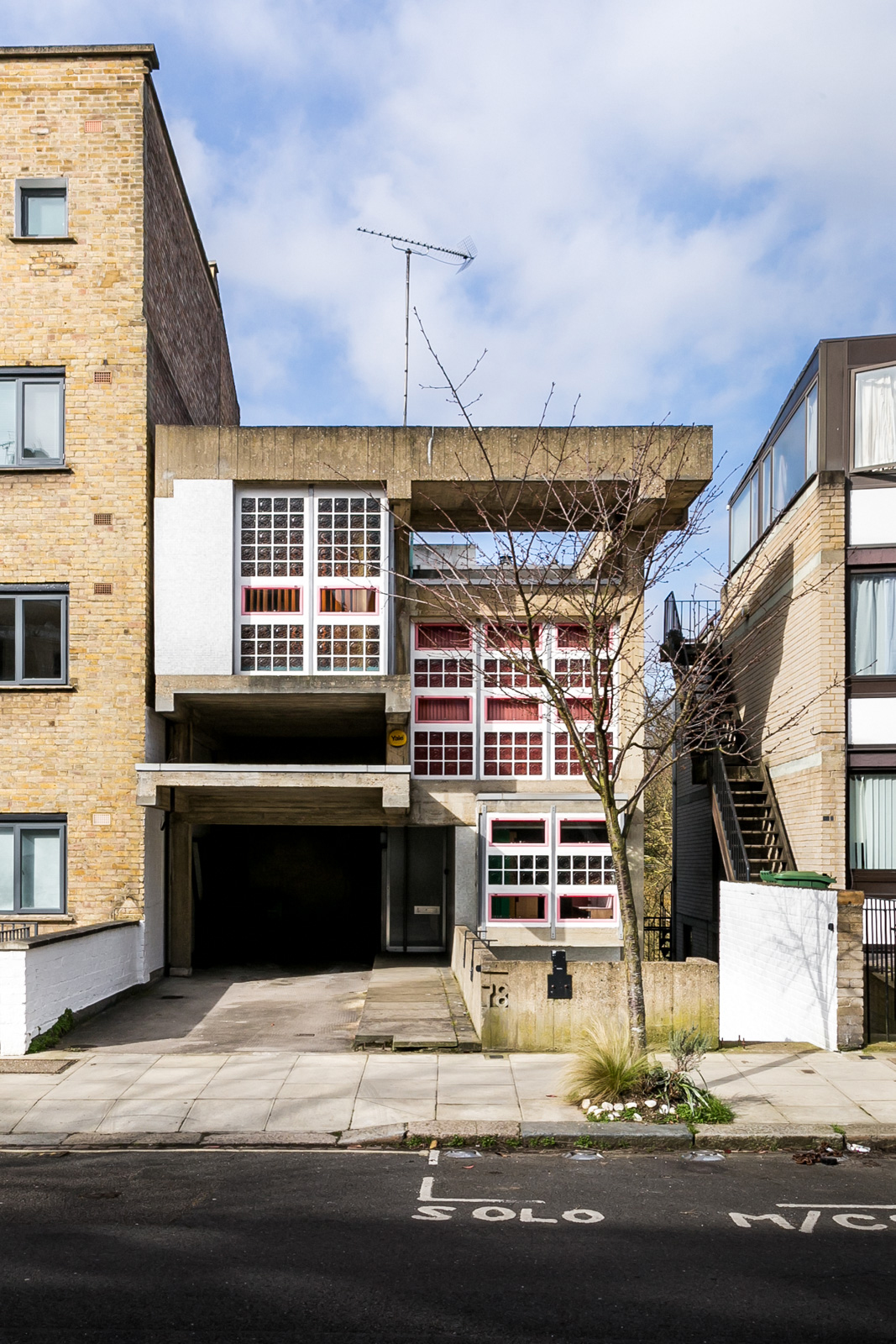
Architect Brian Housden created this masterpiece of modernist architecture, Housden House, in the 1960s as his family home. Photography by Taran Wilkhu from 'An Opinionated Guide to London Architecture' by Rosa Bertoli and Sujata Burman
This run mainly focuses on architecture of the 1930s, when many left-wing intelligentsia from eastern Europe were seeking refuge in London from Nazi Germany. Either inspired by the Bauhaus or forced to relocate after its closure, architects, designers and artists collaborated on and greatly influenced the design elements of the newly developed buildings around Hampstead.
The run is bookended by two pioneering 1970s low-rise, high-density estates that sought to reimagine the reject cheap, poorly built tower blocks that were popular following World War II.
You'll see:
Dunboyne Estate by NeaveBrown
Isoken by Wells Coates
Housden House by Brian Housden
2 Willow Road by Erno Goldfinger
Brand Hill Estate by Benson & Forsyth
Sun House by Maxwell Fry
66 Frognal by Connell, Lucas & Ward
Alexandra Road Estate by NeaveBrown
Route: Bethnal Green – social housing and brutalism

Denys Lasdun's Keeling House from 1957 was intended to form a ’street in the sky’, replacing the low-rise back-to-back houses that had succumbed to war damage and old age
The run follows many of architects Berthold Lubetkin and Denys Lasdun's egalitarian social housing developments of the '50s and '60s, which replaced bombed-out Victorian terraces destroyed during the Blitz.
These buildings sought to reconnect the East End communities that had been ripped apart by the bombings with remodelled versions of terraces houses. Their maisonettes in multiple-story format and communal spaces for social interactions.
You'll see:
Keeling House by Denys Lasdun
Haggerston School by Erno Goldfinger
Sivil House by Berthold Lubetkin
Dorset Estate by Berthold Lubetkin
Barnsley St by Noel Moffat
Trevelyn House & Sulkin House by Maxwell Fry & Lasdun
Lakeview Estate by Berthold Lubetkin
Claremont Estate by Berthold Lubetkin
Receive our daily digest of inspiration, escapism and design stories from around the world direct to your inbox.
Route: Regent's Park to Camden

Denys Lasdun's design for the Royal College of Physicians stands alongside his masterpiece, The National Theatre, as one of the most recognizable brutalist structures in London
An array of social and private modernist housing that links Erno Goldfinger and Denys Lasdun to their protege Peter Tabori and also the projects of Sydney Cook, the Head of Camden Borough's Architecture Department throughout the 1960s and 70s.
You'll see:
20 Regents Park Road by Erno Goldfinger
Royal College of Physicians by Denys Lasdun
Oakshott Court by Peter Tabori
Osssulton Estate by LCC
Maiden Lane by Benson & Forsyth
INFORMATION
Simon Mills is a journalist, writer, editor, author and brand consultant who has worked with magazines, newspapers and contract publishing for more than 25 years. He is the Bespoke editor at Wallpaper* magazine.
-
 How to elevate a rental with minimal interventions? Charu Gandhi has nailed it with her London home
How to elevate a rental with minimal interventions? Charu Gandhi has nailed it with her London homeFocus on key spaces, work with inherited details, and go big on colour and texture, says Gandhi, an interior designer set on beautifying her tired rental
-
 These fashion books, all released in 2025, are the perfect gift for style fans
These fashion books, all released in 2025, are the perfect gift for style fansChosen by the Wallpaper* style editors to inspire, intrigue and delight, these visually enticing tomes for your fashion library span from lush surveys on Loewe and Louis Vuitton to the rebellious style of Rick Owens and Jean Paul Gaultier
-
 Out of office: The Wallpaper* editors’ picks of the week
Out of office: The Wallpaper* editors’ picks of the weekFar from slowing down for the festive season, the Wallpaper* team is in full swing, hopping from events to openings this week. Sometimes work can feel like play – and we also had time for some festive cocktails and cinematic releases
-
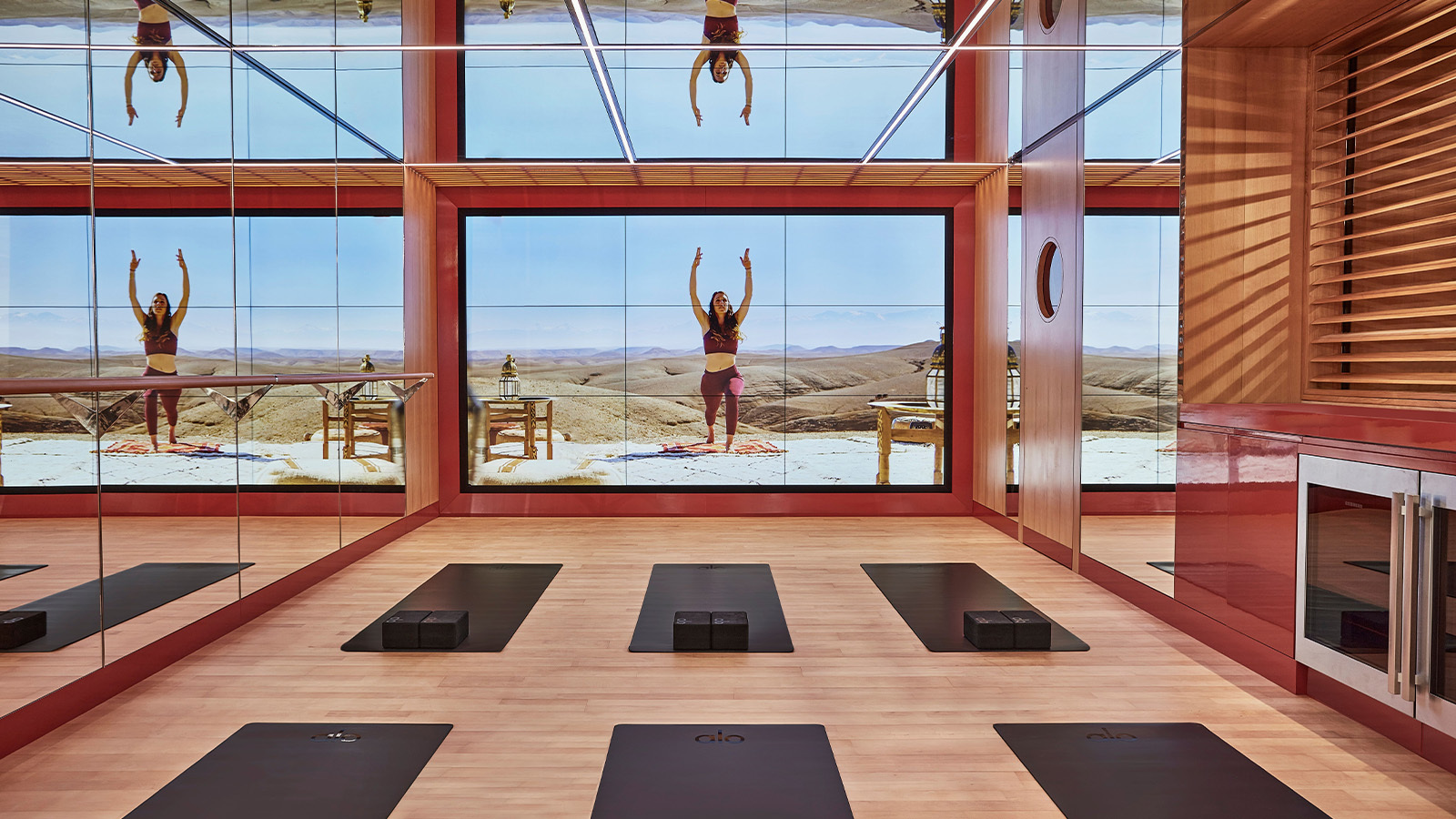 Elevate your fitness journey at the best luxury gyms in London
Elevate your fitness journey at the best luxury gyms in LondonWhether you want to embrace your inner zen or throw a boxing punch, here is our pick of the best luxury gyms in London, offering superior services and surroundings
-
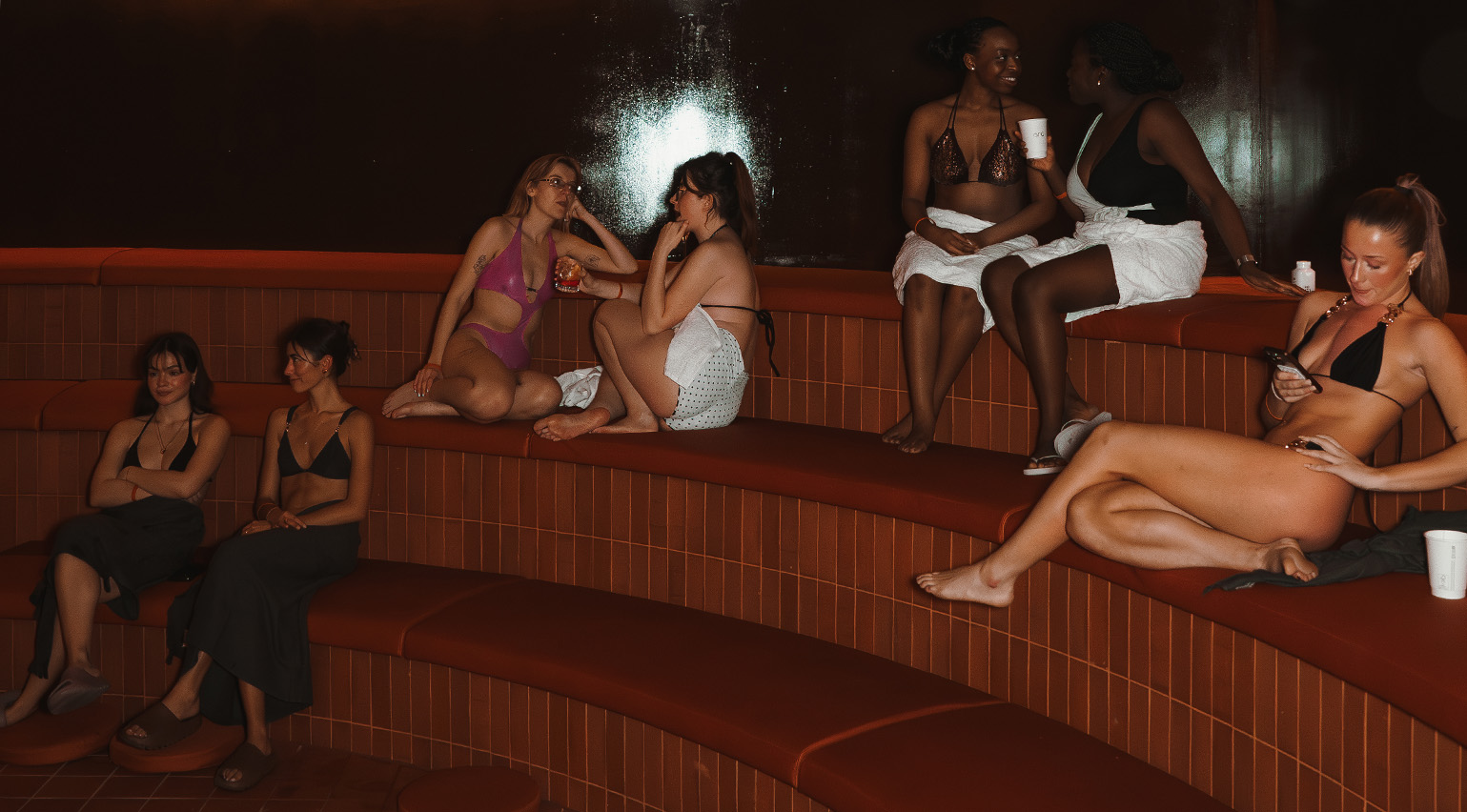 The Wallpaper* wellness report: Joining 150 people in the sauna at London’s first contrast therapy centre
The Wallpaper* wellness report: Joining 150 people in the sauna at London’s first contrast therapy centreFor this instalment of the Wallpaper* wellness report, Emma O’Kelly investigates the rise of contrast therapy by joining more than 150 people at the opening night of Arc in London
-
 The Surrenne spa will relax your body and blow your mind
The Surrenne spa will relax your body and blow your mindSurrenne is London’s new spa and health club, located at The Emory Hotel. Hannah Tindle steps inside and emerges transformed
-
 These London spas are relaxing urban escapes
These London spas are relaxing urban escapesThese London spas offer transformative treatments in awe-inspiring spaces for total relaxation in the midst of the big city
-
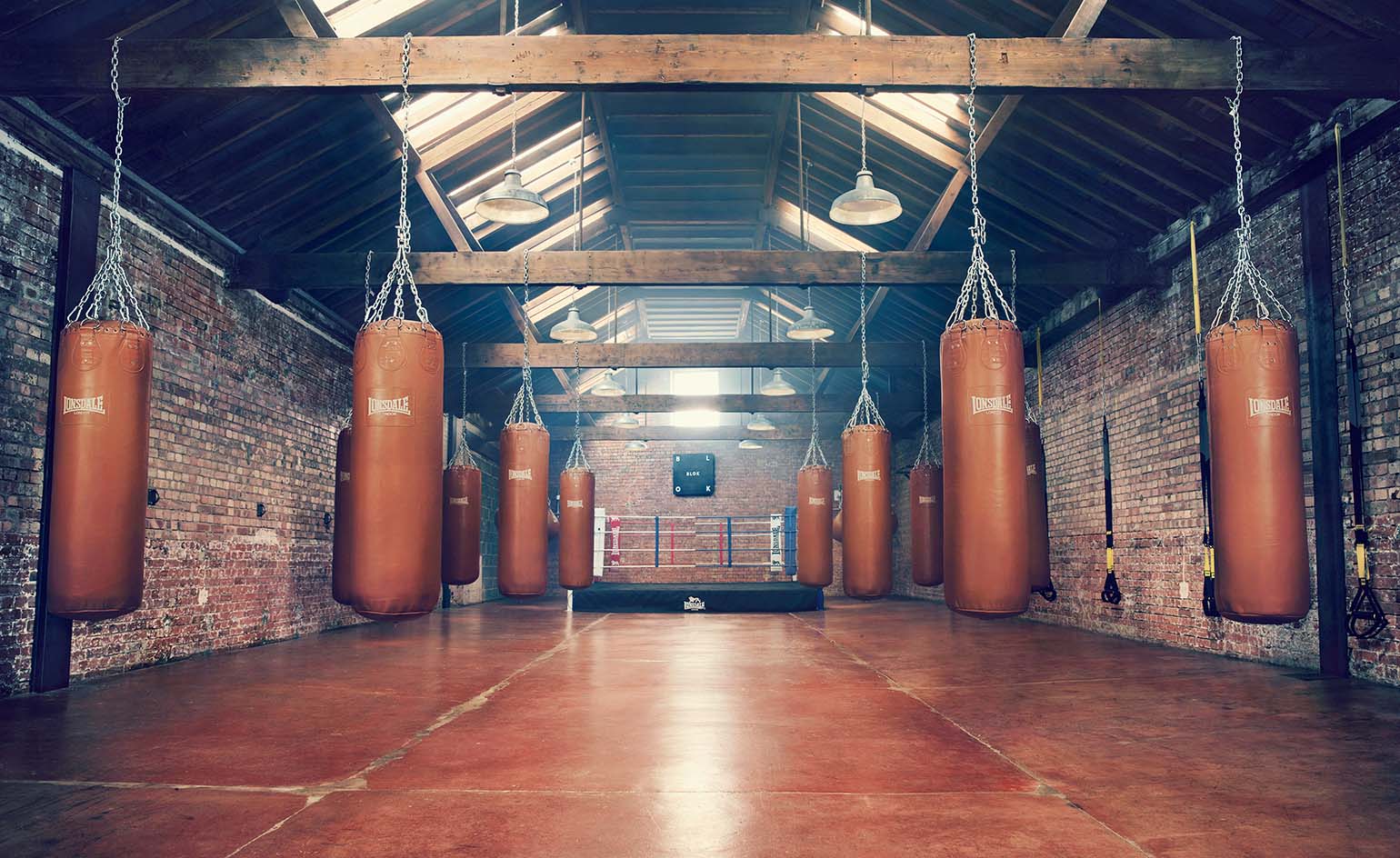 London gyms for workouts with a wow factor
London gyms for workouts with a wow factorThe best London gyms are easy on the eye and tough on muscles. Use our edit to choose the top spots for fitness classes, wellness offerings and post-workout pancakes
-
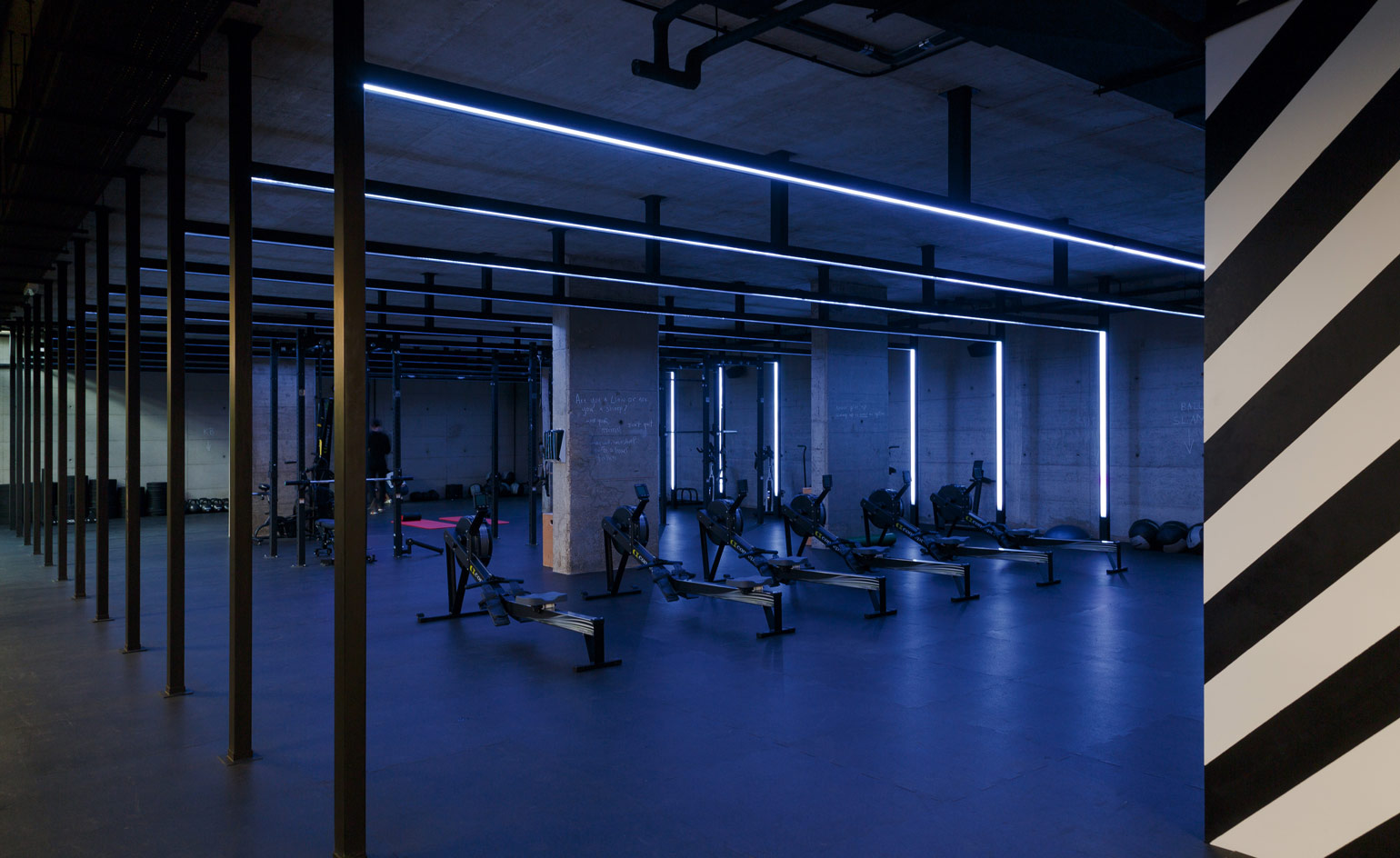 The best gyms around the world for design buffs in 2018
The best gyms around the world for design buffs in 2018 -
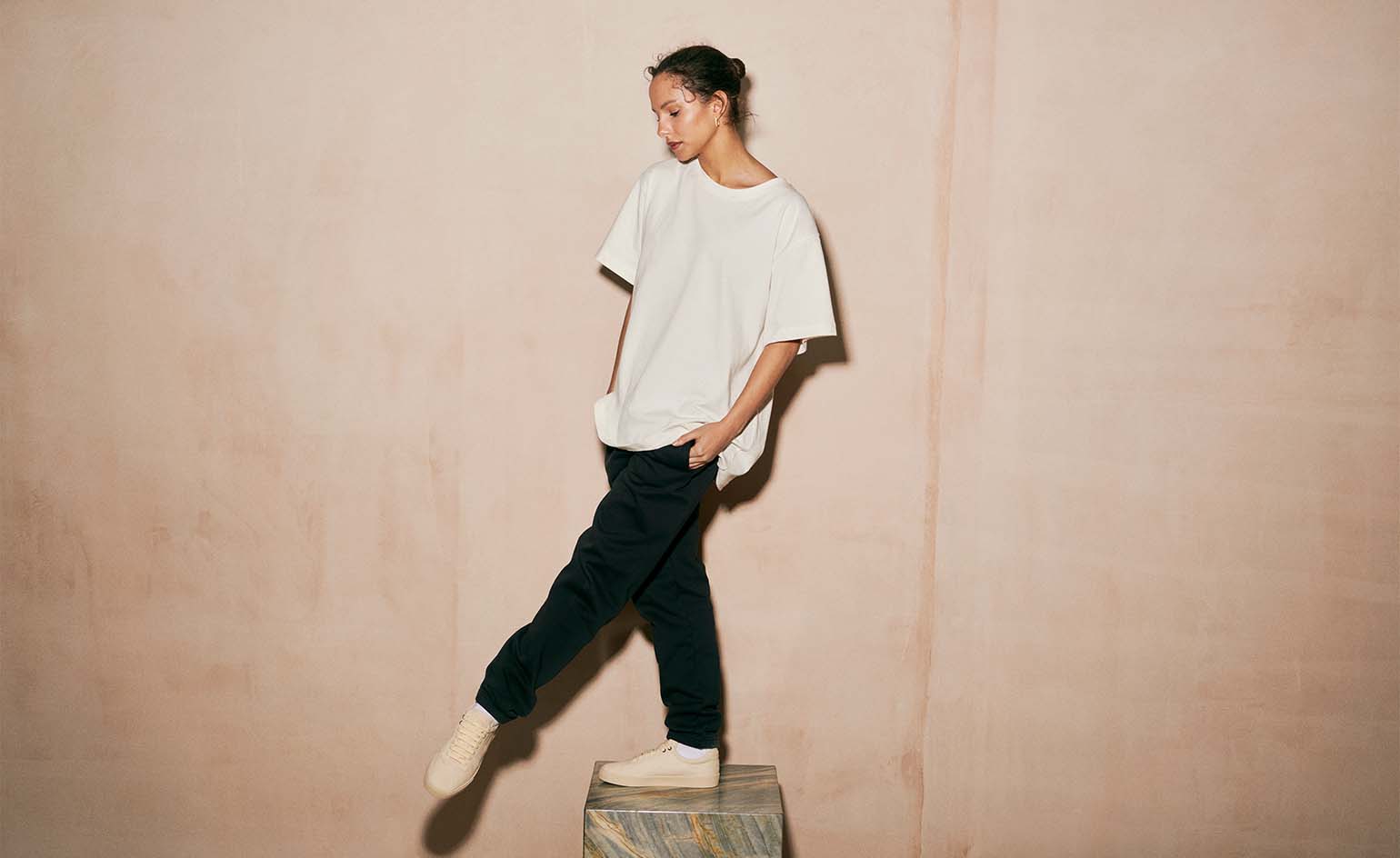 Alex Eagle Sporting Club at 180 The Strand: from body rolling to sound escapes
Alex Eagle Sporting Club at 180 The Strand: from body rolling to sound escapesAlex Eagle Sporting Club takes over 180 The Strand’s top floor, offering fitness classes and wellness and beauty therapies spanning the pioneering and the peculiar
-
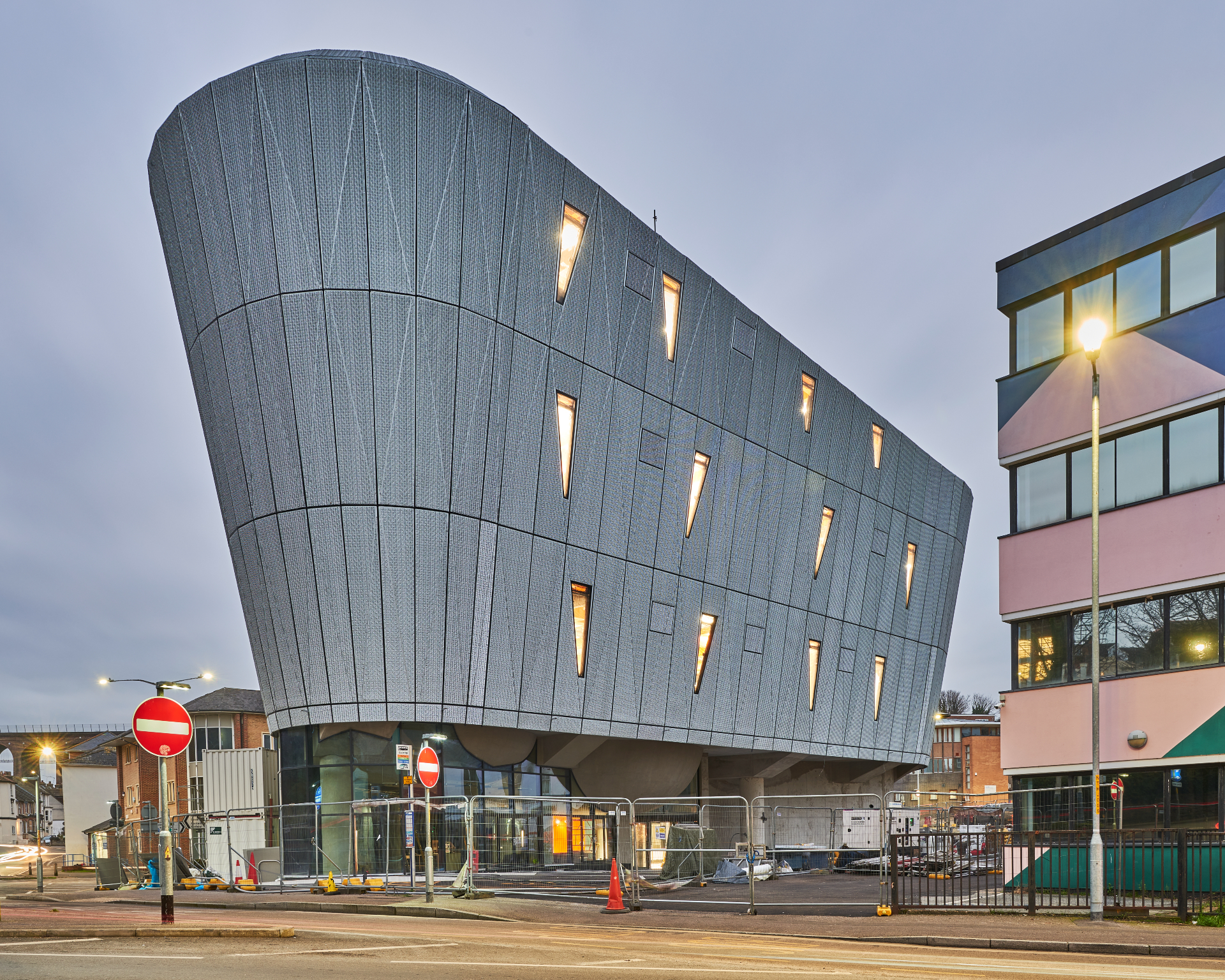 Skate park design goes to the British seaside with Guy Hollaway’s F51
Skate park design goes to the British seaside with Guy Hollaway’s F51F51 is Folkestone's brand new, dedicated, multistorey skate park, courtesy of the Roger De Haan Charitable Trust and Hollaway Studio